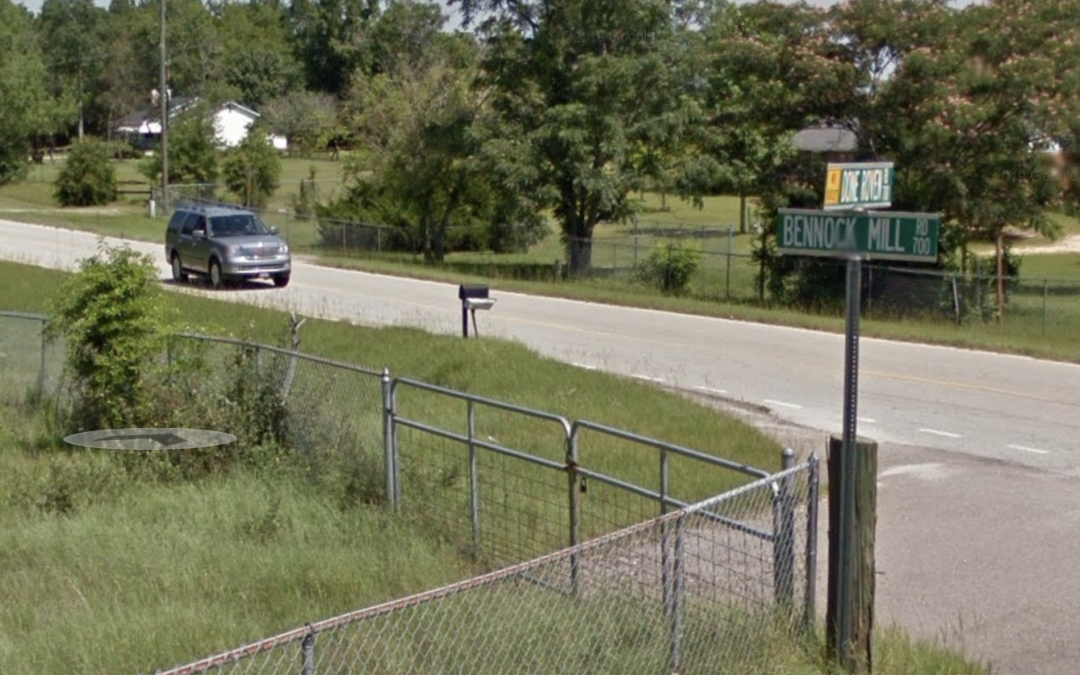The news broke earlier this week that 17-year-old Megan Ebenroth, of Dearing, passed away after being stricken by the deadly Naegleria fowleri amoeba, which causes a condition known as primary amebic meningoencephalitis.
First, my heartfelt condolences to Megan’s family and friends. This young lady can never be replaced and her sudden death is a true tragedy.
Apparently, Megan had been swimming with friends at Clarks Hill when she came in contact with the parasite.
Shortly after the death, the national news media went into overdrive with click-bait headlines about ‘brain eating amoebas’ and that led to social media exploding with people asking if it is safe to swim at Clarks Hill.
A primary amebic meningoencephalitis infection caused by lake swimming is extremely rare.
I feel that the news coverage I read was intended to scare people and took away from the real story: a family tragically lost their child, sister and cousin.
McDuffie County officials did not help matters when they refused to confirm the location of where the teen was swimming. They had the perfect opportunity to educate the public on how to take precautions when swimming in the wild and they blew it.
So, I will answer the question. No, it is not safe to swim at Clarks Hill. It is not safe to swim in the ocean. It is not safe to drive a car. It is not safe to live anywhere near Tornado Alley.
Most of what we do in life is not safe. Being out in nature is not safe and that is precisely what makes nature so interesting.
Most of us remember our grade school teacher putting a droplet of pond water on a slide and having us view the slide through a microscope. For me, it was like looking at some strange world with bizarre little creatures moving about.
While Clarks Hill is one of the cleanest lakes in the nation, according to the National Water Quality Monitoring Council, it is still a natural body of water with microscopic critters everywhere.
Experts say that if you are going to swim in a lake, then go where the fish go to dive in. During summertime, fish move out of the coves and closer to the channel where the water is much colder.
The Arizona Department of Health offers tips to avoid contact. Those tips include not swimming in areas where the water temperature is above 75 degrees.
Always use nose plugs when swimming or water skiing as Naegleria fowleri can only invade the human body through the nose, water taken in by the mouth cannot cause a parasitic infection.
It also might be a good idea to wait a day or two after a heavy rain since Naegleria fowleri lives in the sediment that can get kicked up closer to the surface during a good rain shower. Waiting a day gives the sediment time to settle back to the bottom.
Keep in mind that there are dangers out there, but you are about as likely to have a Cessna crash into your house than contracting primary amebic meningoencephalitis
Scott Hudson is the Senior Investigative Reporter and Editorial Page Editor for The Augusta Press. Reach him at scott@theaugustapress.com









